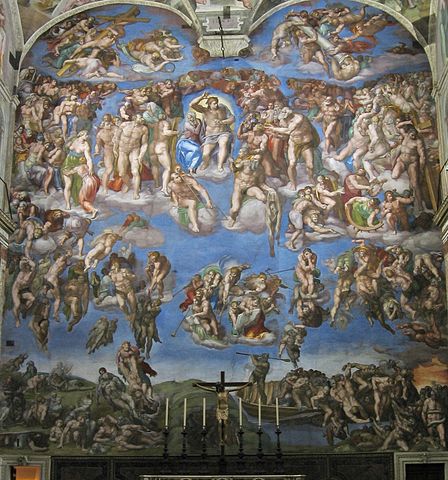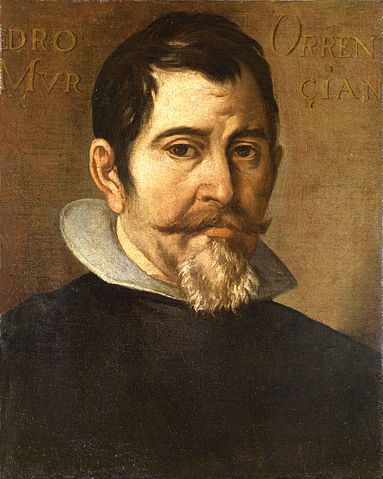Explanatory video about the scientific revolution and the advances in art, with the expansion of the Baroque. The Renaissance humanists with their critical spirit had challenged many traditional principles and beliefs. Throughout the 17th century, this evolution culminated in the application of new scientific methods that were fundamental to the scientific revolution that took place from that time onwards in the 17th century, where the scientific method was consolidated in an era in which theocentrism predominated, i.e. everything revolved around God. This laid the foundations of modern science through the principles of experimentation or empiricism. In short, Humanism’s evaluation of man gradually pushed religious beliefs, which had dominated science in medieval society, into the background. In this way, progress was made in the knowledge of physics, medicine, astronomy and biology, among other disciplines. In architecture, sumptuous palaces and religious temples were designed. The taste for decoration of both exteriors and interiors increased. In sculpture, the quest for exalted movement, a certain naturalism, theatricality and decorativism increased.
Collection: Aplications
Project: 11. Science and culture as representation in Europe.
Chronology: XVII
Scope: Secondary Education, Baccalaureate
Link: https://www.youtube.com/watch?v=ETNw7X7f_A8
Resource type: Video
Format: Multimedia
Source: Youtube
Language: Spanish
Owner: Daniel Maldonado Cid (Modernalia)
Copyright: Paco Lagraba
Abstract: Explanatory video of the second session of the subject "The 17th century", Geography and History, 2nd year of ESO
Tags







